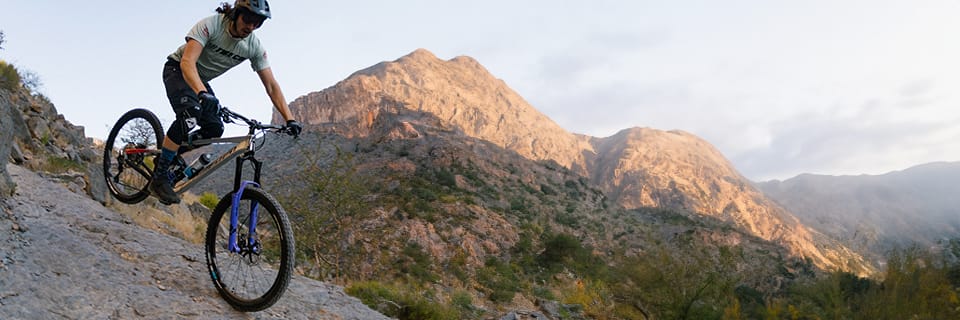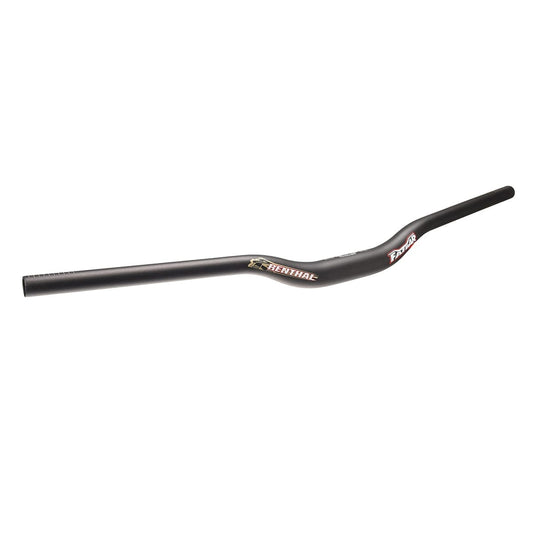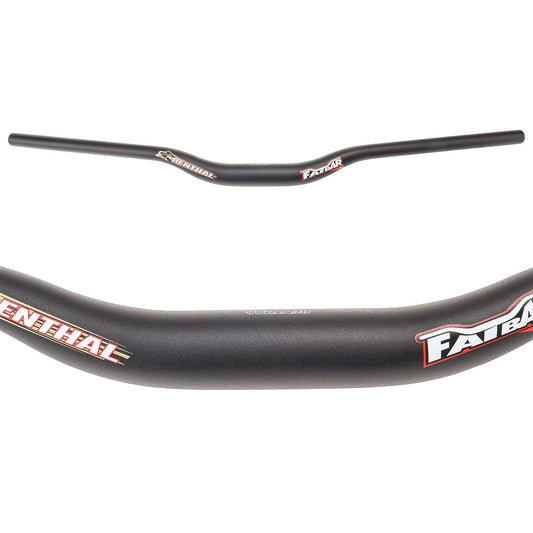Visit MTB handlebars must not only provide comfort and precision for riding, but also be robust enough to withstand all shocks. Here are the secrets.
The standards
- Handlebar diameters: 25.4 mm; 31.8 mm or 35 mm
- Hanger shapes: flat or rise with backsweep or upsweep
- Hanger widths: generally between 560 mm and 860 mm
- Handlebar materials: aluminum, carbon or titanium
Hanger types
The diameter corresponds to that of the mounting area of the MTB stemi.e. the center of the handlebars. Formerly 25.4 mm, the most common standard is now 31.8 mm. Some brands also offer 35 mm stems for more serious riding.
For your information, whatever the mounting diameter, that of the MTB grips and gear shifters is still 22.2 mm.
There are different shapes of hangers to suit the needs of the mountain biker. It's important to know and understand the different characteristics and their impact on riding position, so you can choose the one that's right for you:
The rise (Rise is the height of the curve of a handlebar, expressed in milimeters.) The higher the rise, the higher and further back you'll be on the bike. Conversely, the lower the rise, the further forward you'll be on the bike.
Backsweep (Angle of rearward curvature, expressed in degrees) Since the arms are not perfectly symmetrical, this backsweep helps to achieve a more natural position of the hands on the handlebars. This value varies according to your morphology.
Upsweep (Angle of upward curvature, expressed in degrees) The explanation is the same as for the backsweep: the natural position of your hands requires the handlebars to be curved upwards too.
The old school determined the width based on the distance between your shoulders. But as mountain biking practices and technologies have evolved, the choice is now made differently.
- The wider the handlebars, the more manoeuvrability and stability they provide.
- The narrower the handlebars, the more responsive you'll be when changing direction, and the easier you'll be on tight passages.
As for the materialhangers are generally made of aluminum, which offers the best strength/weight/price ratio. However, to improve the weight/stiffness ratio, some are made of carbon. You can also find titanium hangers to optimize the comfort/weight ratio.
Which handlebars are right for me?
Your choice of handlebars will be influenced by your bike's geometry, your body type, your riding style and your riding style.
Apart from backsweep and upsweep, which will vary according to each rider's anatomy, here's what's commonly used:
-
Hiking
When touring with your leisure mountain bike, it's not uncommon to choose handlebars with a rise of between 10 and 15 mm depending on the shape of your stem for comfort, and a width of between 650 and 710 mm for a good compromise between responsiveness and stability.
-
Cross-Country
Adapted from your semi-rigid mountain bike for XC outings, we opt for flat handlebars (or with a rise of 10 mm maximum) and a width of between 600 and 680 mm, which will load the front of the bike for incisive riding.
-
All-Mountain
The maneuverability and stability needed for downhill riding will require handlebars between 700 and 800 mm wide. A rise of between 10 and 25 mm is a good compromise for maintaining a comfortable position on your all-mountain bike.
-
Enduro
The requirements are similar to those of All-Mountain bikes, with handlebars 700 to 800 mm wide and a rise of 10 to 25 mm. Unless you're aiming for the top of the podium, in which case we'd prefer to load the front of the bike a little more, with lower or even flat handlebars.
-
DH / Freeride
We generally opt for handlebars raised between 20 and 40 mm for a more reassuring position on steep slopes. A width in excess of 750 mm ensures maximum stability in the most challenging sections.
Découvrez tous nos conseils & Tutoriels
MTB - Handlebars
-
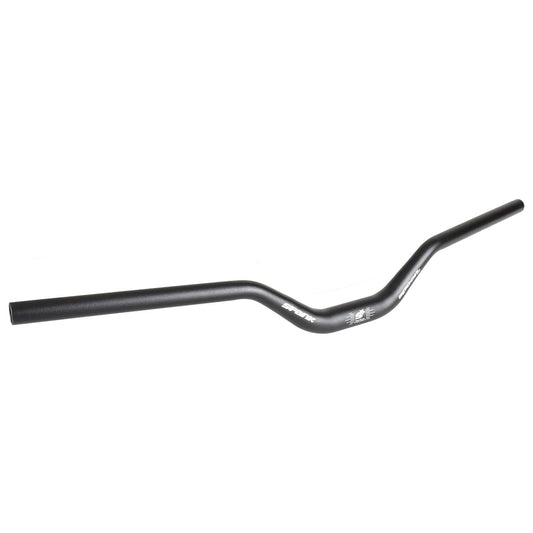
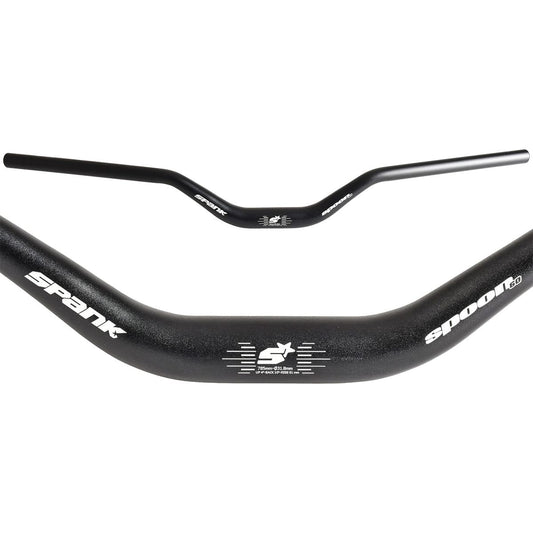
handlebar SPANK SPOON Rise 60mm 785mm Black
Regular price 44,99 €Regular priceUnit price per -
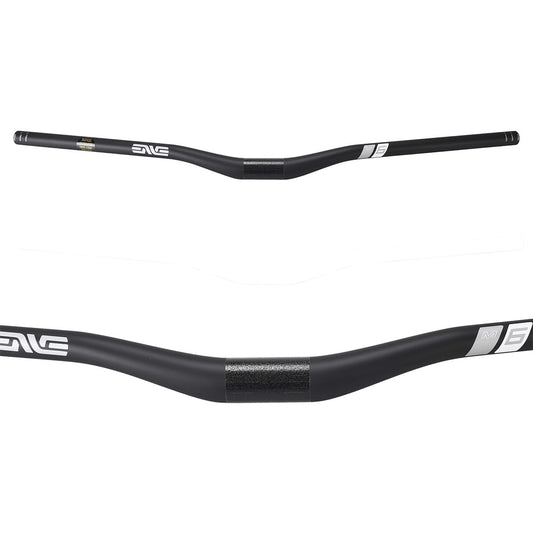
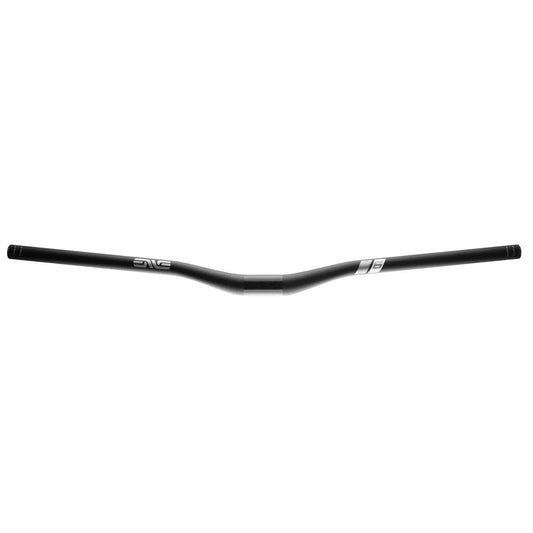
handlebar ENVE M6 Rise 25mm 780mm
Regular price 189,90 €Regular priceUnit price per -
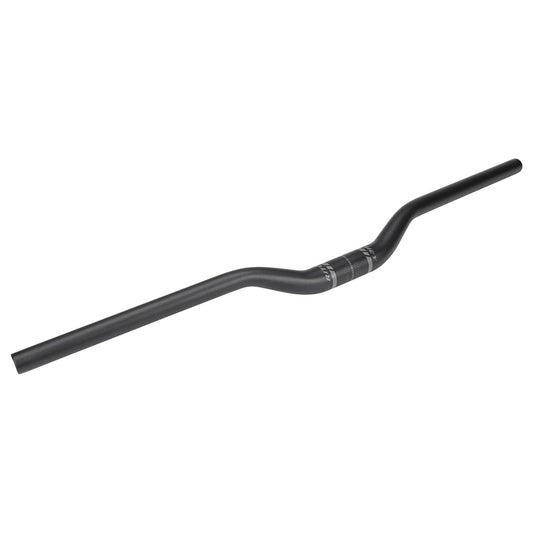
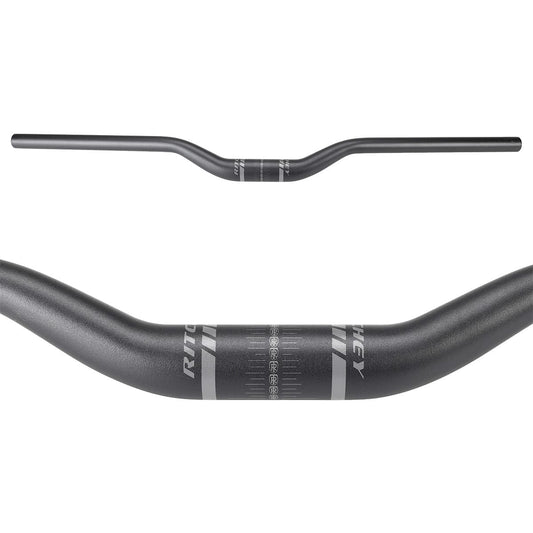
RITCHEY COMP Rise 35mm 740mm Black handlebars
Regular price 31,99 €Regular priceUnit price per -
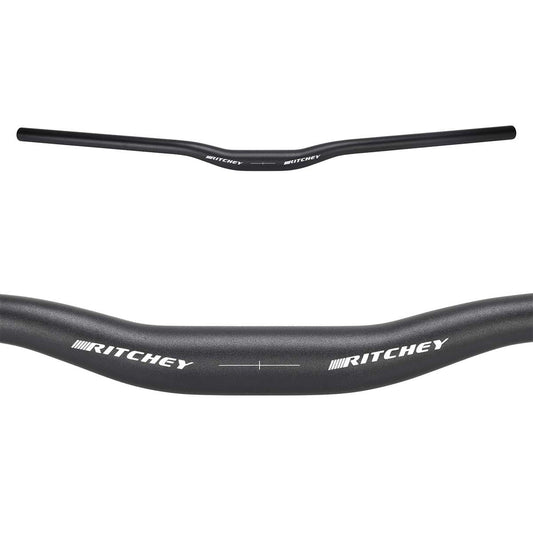
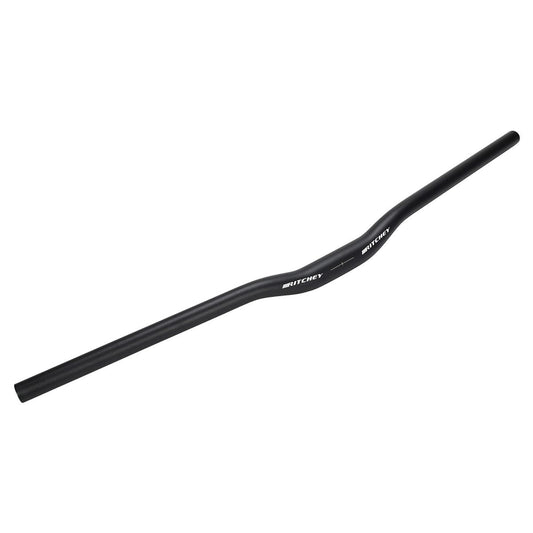
handlebar RITCHEY RIZER 9D Rise 20mm 31.8/780mm Black
Regular price 24,99 €Regular priceUnit price per -
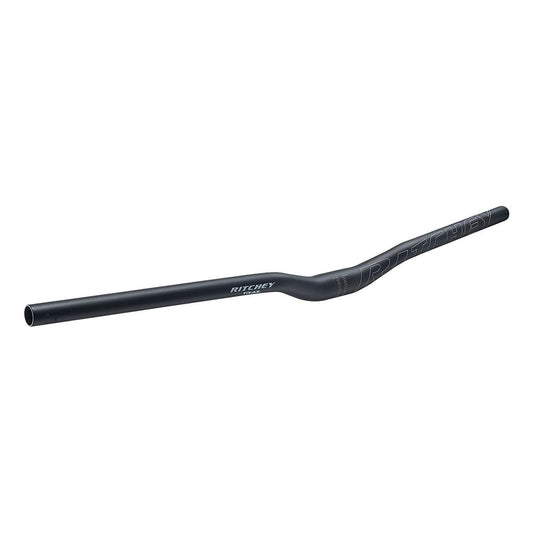
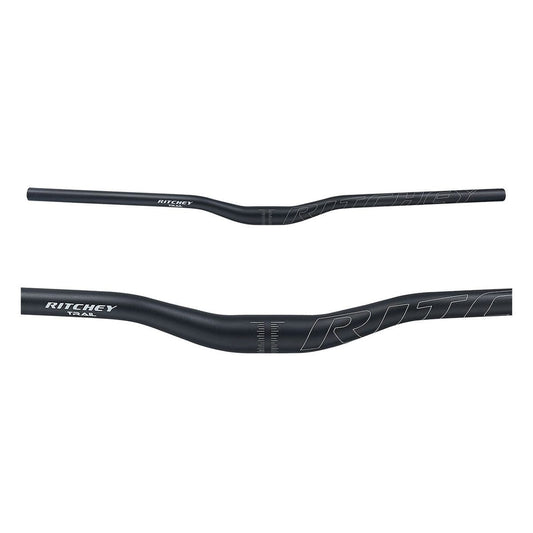
handlebar RITCHEY COMP TRAIL 10D RIZER Rise 20mm 31.8/800mm Black
Regular price 31,99 €Regular priceUnit price per -
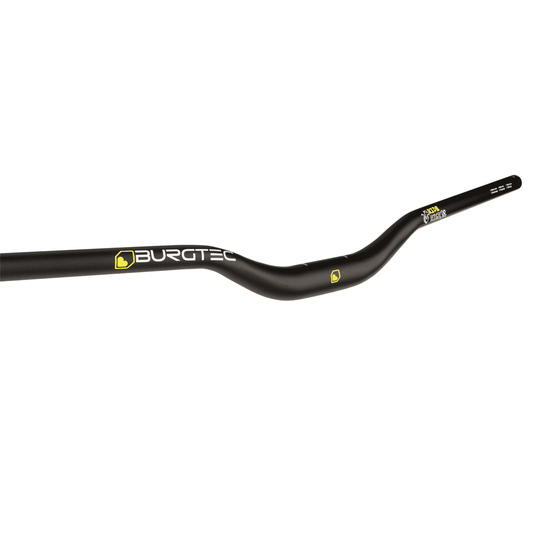
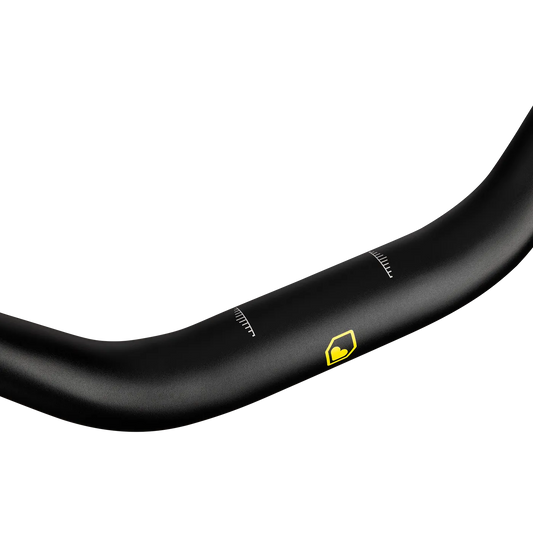
handlebar BURGTEC RIDE HIGH JOSH BRYCELAND SIGNATURE Rise 38mm 800mm Black
Regular price 89,99 €Regular priceUnit price per -
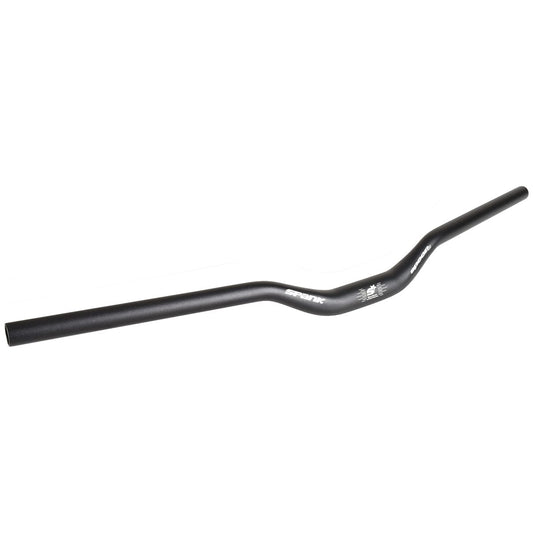
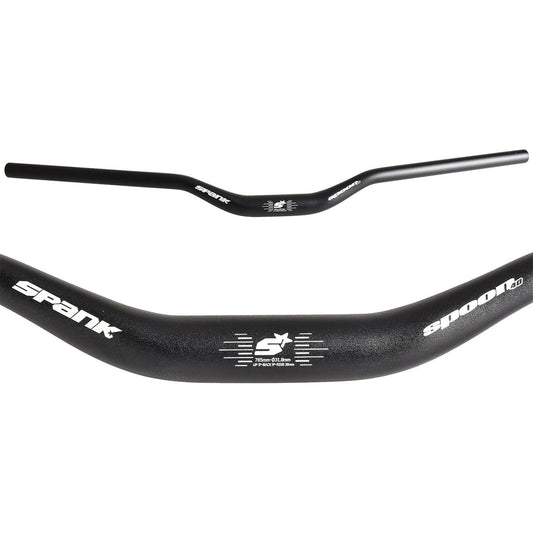
handlebar SPANK SPOON Rise 40mm 785mm Black
Regular price 44,95 €Regular priceUnit price per
